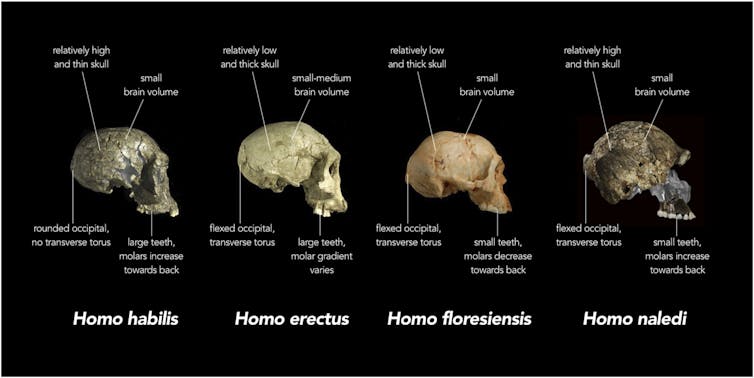In a series of five stories, Cornell faculty share their perspectives on what it will take to make the transition from internal combustion engines to electric vehicles (EVs), and alumni who are in the thick of making this ambition a reality explain how they’re going about it.
Seeing the writing on the wall for the internal combustion engine, carmaker General Motors announced this year that by 2035 all its new cars, trucks, and SUVs would be electric. Ford says that 40 to 50 percent of its new car sales will be fully electric by 2030 and that it will achieve net zero emissions across the corporation by 2050.
EVs will also comprise a significant part of firms’ carbon cutting ambitions: FedEx says it will be carbon neutral by 2040, helped along by electrifying its vehicle fleet. Amazon, likewise, says it will achieve net-zero carbon emissions across all its operations by 2040.
EVs should make up 50 percent of all car sales by 2030 to help achieve Paris Agreement decarbonization goals. Cornell faculty members weigh in on what it will take.
Arthur Wheaton, an expert on the automotive industry at Cornell University’s School of Industrial and Labor Relations, points out that Europe and China are much further along when it comes to EV policy. In the U.K., the government plans to ban the sale of gasoline and diesel cars by 2030, while in the EU, lawmakers look set to introduce a plan to ban internal combustion engine (ICE) cars by 2035. China, likewise, has declared a 2035 date for the end of exclusively gasoline-fueled car sales. “If the government mandates elimination of ICE vehicles, then it [a large-scale transition to EV] could happen in 10 years,” Wheaton says.
Shanjun Li, professor of applied economics and policy and Kenneth L. Robinson Chair in the Charles H. Dyson School of Applied Economics and Management, has looked in detail at China’s policies to promote EVs. Notably, Li found that measures such as the “Green Plate Policy,” in which electric vehicles are given conspicuous green license plates, had a surprisingly large impact on EV sales, relative to the impact from consumer subsidies and other financial incentives to promote EVs. “We believe that the policy increases the salience or awareness of green vehicles, and plays into ‘conspicuous conservation’-that is, people purchase green goods to signal their environmental awareness,” Li says.
Glen Dowell, professor of management and organizations at Cornell’s Samuel Curtis Johnson Graduate School of Management, says the extraordinary size and labyrinthine complexity of today’s big automakers has hampered the sort of full-scale retooling overhaul required. “It’s really a massive challenge for these legacy companies, and there are challenges on a couple of dimensions,” Dowell says. First, he explains, if more car buyers are tending electric, many people will still want to buy internal combustion engine vehicles for some years to come. Another challenge: automakers are having to change their workforce. “The designers car companies need now are much more on the tech side; they’re competing with Google and Microsoft and Facebook for people, rather than with say, John Deere or Caterpillar,” Dowell says.
Vinod Kumar, MBA ’08, says GM wants to put everyone in an EV. GM will invest $35 billion and launch more than 30 all-new EV models by the end of 2025. Kumar says the success of EVs will come down to advances in battery technology-and that’s what the big car makers are banking on.
The U.S. has more than 150,000 gas stations but only 43,000 EV charging stations. EVgo aims to change that, says VP Nell Oliver ’88, MBA ’93. “There are three things that need to occur for EV adoption to really take off,” Oliver says. “One is reduced battery costs, and in fact they’ve gone down dramatically just in the past five years. Second is enhanced battery performance and getting the ranges up, as well as the ability for the battery to take the charge faster.” The third thing, Oliver says, “is absolutely the charging infrastructure.”
Factorial Energy’s new battery mitigates range anxiety by increasing EVs’ driving range says CEO and founder Siyu Huang MS ’11, PhD ’13, MBA ’14. Factorial came out of stealth mode after some six or seven years of research and development of their first product, unveiling a 40-amp-hour solid-state battery cell alongside co-founders Alex Yu, the company’s president, and Héctor D. Abruña, Emile M. Chamot Professor in the Department of Chemistry and Chemical Biology in Cornell University’s College of Arts and Sciences.
Hilary Maxson ’99 (Dyson), MBA ’05, executive vice president and group chief financial officer at multinational electrification specialist Schneider Electric, envisions EVs, with their large batteries, becoming components of electricity generation and storage grids. In the old-fashioned energy systems of the 20th century, the end user played a largely passive role, restricted to consumption; in future systems, as Maxson explains, users will perform both demand and supply roles. ³Ô¹ÏÍøÕ¾s, businesses, and communities will add their own electricity generation (such as solar power) and storage that can feed back into the grid.
Freelance writer David Vetter wrote this series of stories for the Cornell SC Johnson College of Business.








